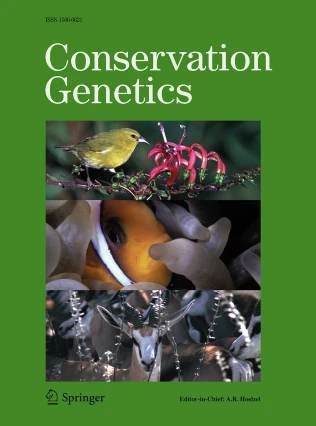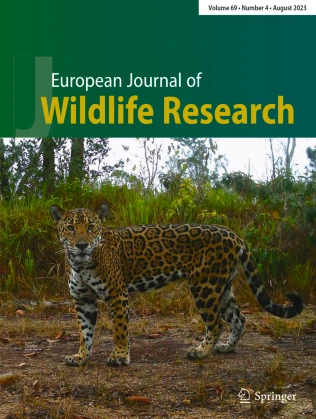The optimization of landscape resistance surfaces revealed that open areas associated with crops, alongside meadows and riparian vegetation, promote gene flow in all species in both regions, whereas landscapes composed of closed forests and scrub offered reduced connectivity. Leer más.





We undertook a compilation of roadkill records, encompassing both published and unpublished data gathered from road surveys or opportunistic sources. GLOBAL ROADKILL DATA includes 208,570 roadkill records of terrestrial vertebrates from 54 countries across six continents, encompassing data collected between 1971 and 2024. Leer más.
Ranaviruses pose major threats to biodiversity and human livelihoods, with mass mortalities and population collapse following disease outbreaks in both wild and farmed animals. This has led to all amphibian-infecting ranaviruses and Ranavirus perca1 in fish being included on the list of notifiable agents by the World Organization for Animal Health (WOAH). Leer más.

These results suggest that speciation in midwife toads initially involve cryptic lineages, which probably evolve RI through intrinsic (genetic) hybrid incompatibilities. As they continue to diverge, these nascent species eventually differentiate externally, which potentially enforces pre-mating barriers and facilitates sympatry. Leer más.

We provide evidence that an FV3-like virus has been present in amphibians from the PNP since at least 2009. Further efforts should be taken to understand the impacts of FV3 on amphibians inhabiting the Pyrenees. Leer más.








